Look around you and ask yourself: is this the type of futuristic life that you thought you’d have? For some of us, that answer is a definite ‘no’ because it strays too far from the idealized things we’ve seen in our favorite sci-fi movies and shows. In real life, there’s too much friction, bad design, and annoyance compared to technological awesomeness. In short, some tech corporations are less than friendly toward their valued customers in their pursuit of profit and never-ending growth.
User u/cutypatotie sparked an interesting discussion on r/AskReddit after asking everyone to share their opinions about the biggest tech scams that have been widely accepted. We’ve collected the most interesting insights to share with you, from how God-awful subscriptions can be to the scourge that is planned obsolescence.
We wanted to learn more about user-(un)friendly companies and product longevity, so we reached out to marketing psychology speaker Matt Johnson, Ph.D., for comment. Johnson is the host of the branding and human nature blogs. You'll find the expert insights he shared with Bored Panda as you read on.

#1
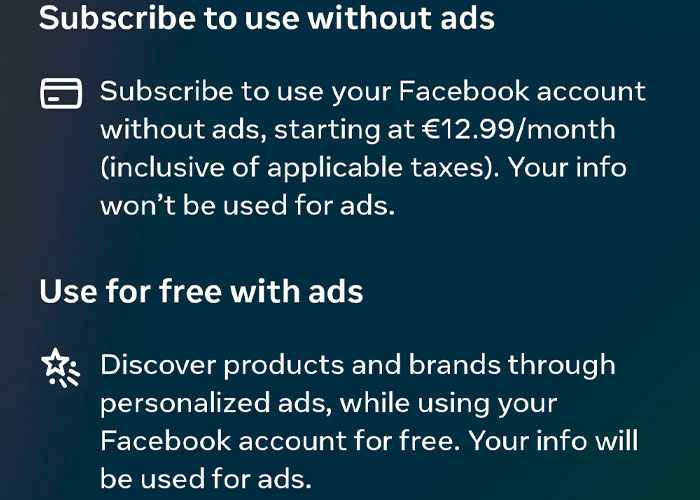
Image credits: ImTalkingGibberish
According to marketing psychology speaker Johnson, companies that aren't user-friendly aren't in the long-term loyalty game. It's not a priority for them. "Instead, they often prioritize factors like cost cutting, technical limitations, industry norms, and corporate culture over user experience. Cost considerations might lead them to cut corners in research, design, and testing, while technical constraints, particularly in highly regulated industries, can make creating user-friendly interfaces challenging," he explained to Bored Panda via email.
"This also comes up a lot in industries where usability isn't traditionally a priority. Here, companies may focus more on functionality and reliability. Corporate cultures that value other aspects of business, like engineering excellence or speed of delivery, may also contribute to the lack of emphasis on user-centric design practices," Johnson explained.
However, those aren't the only considerations. Some companies might fundamentally lack the understanding or the resources for effective research and testing when it comes to user experience. Not only that but their short-term goals or market dominance may make them less likely to invest in user experience in the first place. Put simply, there’s a lack of resources, know-how, or urgency.
#2

Image credits: Both-Equipment1473
#3

Image credits: kindrudekid
"Overall, a combination of financial, technical, cultural, and market factors drives companies that aren't user-friendly to prioritize other considerations over creating intuitive and accessible products and services," Johnson said.
Bored Panda was curious about what could convince companies to invest more into improving their products' longevity. After all, many of us feel like we have to replace or upgrade many of our tech gadgets quite frequently. (When's the last time you had to get a new smartphone because your old one was on its last legs?)
Johnson said that, ultimately, this comes down to changing the organization itself so that it adopts long-term thinking with respect to their customers. This means instilling the belief that the company will be rewarded with “the goodwill and repeat patronage of their customers” if they create “high-quality, long-lasting products.”
Naturally, this is far easier said than done. "Improving product longevity requires businesses to rethink their approach to design, manufacturing, and consumer relationships. Firstly, investing in quality materials and craftsmanship can enhance durability, reducing the need for frequent replacements. For instance, companies like Patagonia have built a reputation for durable outdoor clothing that lasts for years, backed by repair services that extend product life," Johnson told Bored Panda.
#4

Image credits: SqueezyCheez85
#5

Image credits: mango_coke
#6
IamShellingFord:

Image credits: sunnyspiders
"Secondly, adopting modular design principles allows for easy repairs and upgrades, extending the usefulness of products over time. Smartphone manufacturer Fairphone, for example, designs its devices with modular components, enabling users to replace individual parts rather than the entire phone. Additionally, offering software updates and support for older devices can help maintain functionality and security, as seen with Apple's long-term support for its iPhones and iPads," he gave some examples where companies are more consumer-friendly.
"Lastly, implementing buy-back or trade-in programs incentivizes customers to return old products, fostering a circular economy where materials are reused or recycled, as demonstrated by companies like Tesla with its battery recycling initiatives. By embracing these strategies, businesses can get out of the short designed obsolescence game and enter the much more lucrative long-term game. Done right, and it will not only improve their products’ longevity but also foster customer loyalty and contribute to sustainability efforts, ultimately benefiting both consumers and the environment.” For some more expert insights, feel free to take a look at Johnson's branding and human nature blogs.
#7

Image credits: Currywurst_Is_Life
#8

Image credits: Suck_Me_Dry666
#9
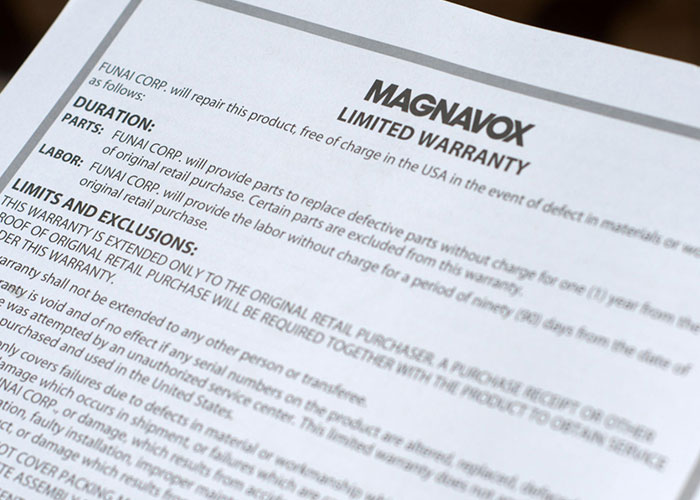
Image credits: Aggressive_Gas3275
In an ideal world, most companies wouldn’t just go for the biggest profit and maximum growth. They’d also prioritize the user experience, ethical business practices, and providing the best quality products and services that they can realistically create (not just get away with).
However, we do not live in an ideal world. While profit-seeking isn’t good or bad in and of itself (it’s how businesses survive and thrive), it can lead to some serious problems if it’s always placed ahead of the customers’ wants and needs.
You build a loyal following by having a dependable, quality brand. On the flip side, if you make your customers’ lives more difficult and expensive, eventually, you’re going to push some of them away. And that’s relatively easy to do if any of your competitors offer cheaper, user-friendly alternatives.
#10

Image credits: sam020586
#11

Image credits: Zorothegallade
#12
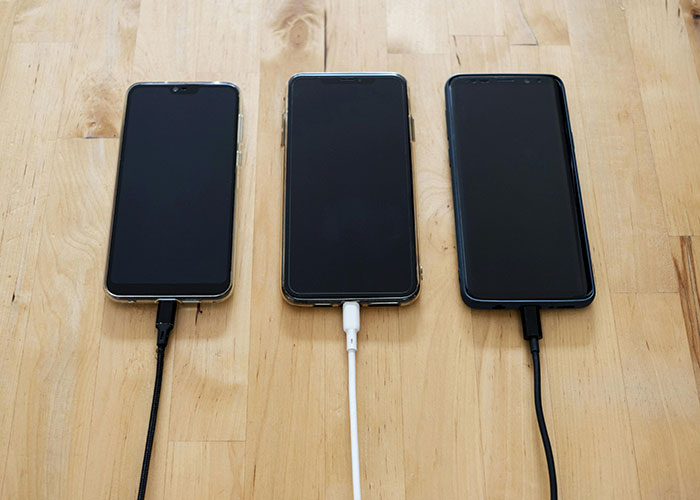
Image credits: whittlingcanbefatal
When there’s enough competition, the customer (theoretically) comes out on top. There is a caveat, however. If certain user-unfriendly but profitable practices (e.g., showing advertisements even when someone’s a subscriber) become widespread trends, then it might be very difficult to do anything different from your competitors.
From our personal perspective, some of the worst things that the modern internet has introduced include weird subscriptions to newsletters we never signed up for, spam and scam emails, and YouTube’s recent policy of bombarding us with ads. To be perfectly frank with you, it’s exhausting, and it makes you want to step away from the screen (which, ironically, can be a good thing for everyone’s physical and mental health).
#13
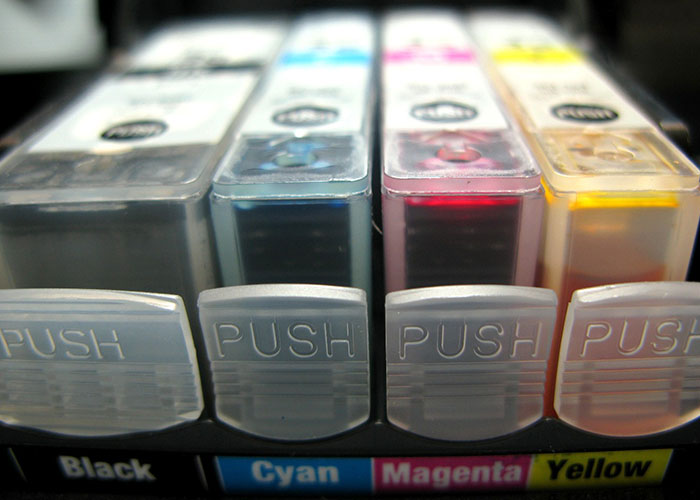
Image credits: mica280amg
#14

Image credits: YJeezy
#15

Image credits: ssv-serenity
But from a more objective point of view, something that hurts users and the environment is planned obsolescence. When you think about how short various tech products’ lifespans are, it really boggles your mind.
Sure, you don’t have to upgrade your smartphone every two or three years, but there is a noticeable drop in battery life and a rise in lag the longer you use the device. Having to charge our phones every day is not the bright and brilliant future we imagined!
#16

Image credits: t00sl0w
#17

Image credits: Vivid-Luck1163
#18

Image credits: MelissaGulbin
What are your biggest frustrations with tech products and services, dear Pandas? What tech business practices would you change if you had the power to do so? What companies do you think are more user-friendly than their competitors? Tell us what you think in the comments.
#19
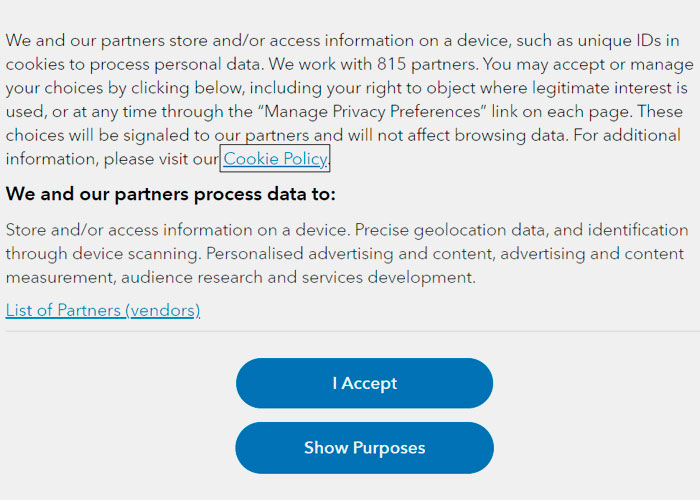
Image credits: feric89
#20
munificent:

Image credits: Hefty-Station1704







